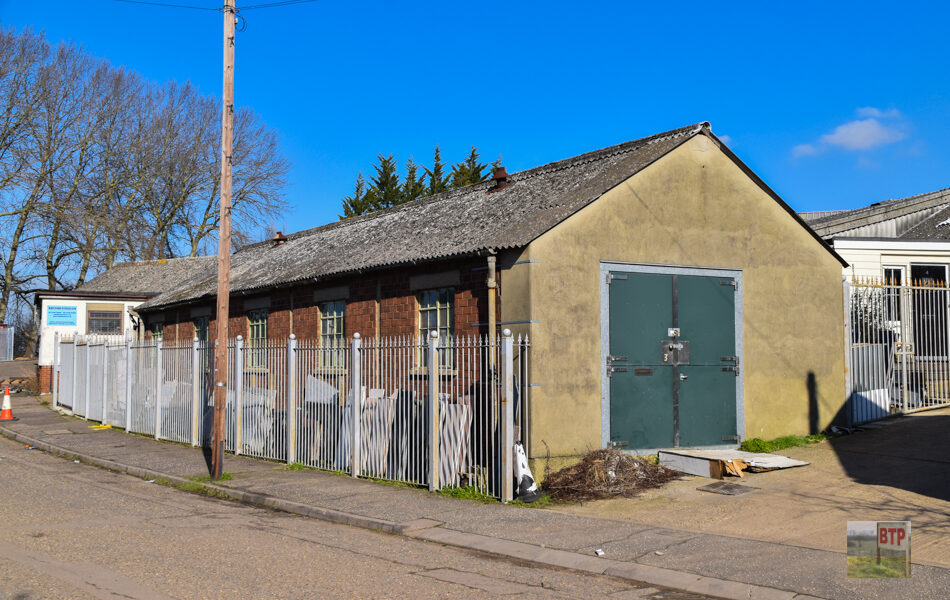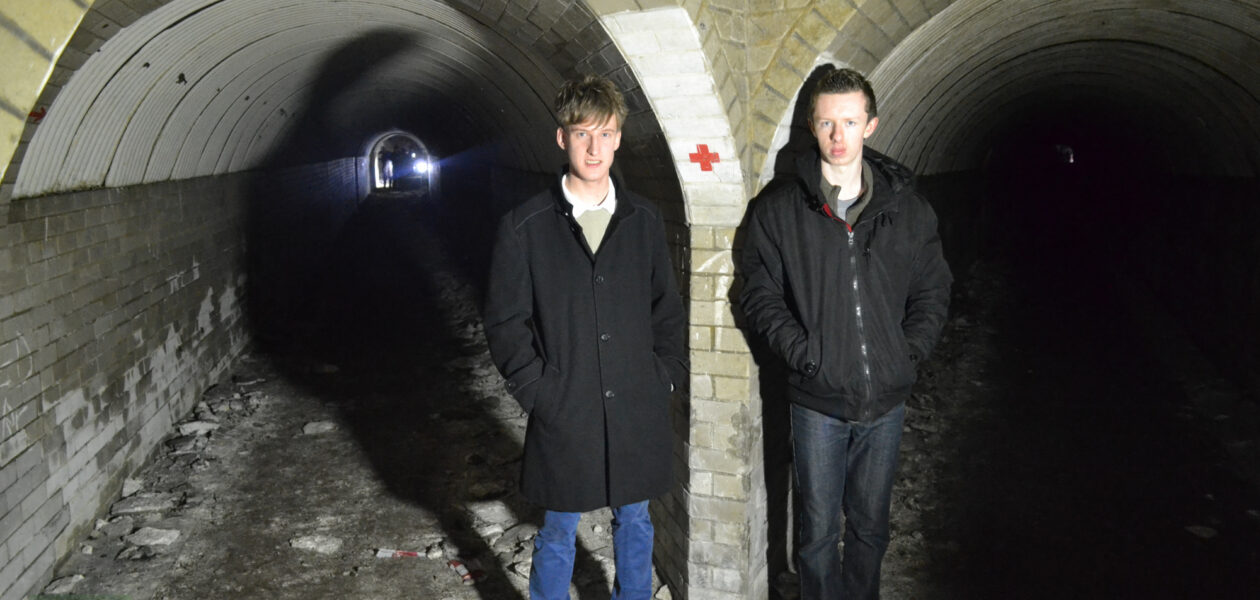Rawreth HAA & POW Camp
Driving through Rawreth Industrial Estate you wouldn’t have a clue that you were driving past some old Prisoner of War buildings; but they were once known locally as “Rawreth Camp” or “The Gunsite”. According to the Rochford District Community Archive, the site was constructed at the start of the Second World War, in 1940, originally…
View More









